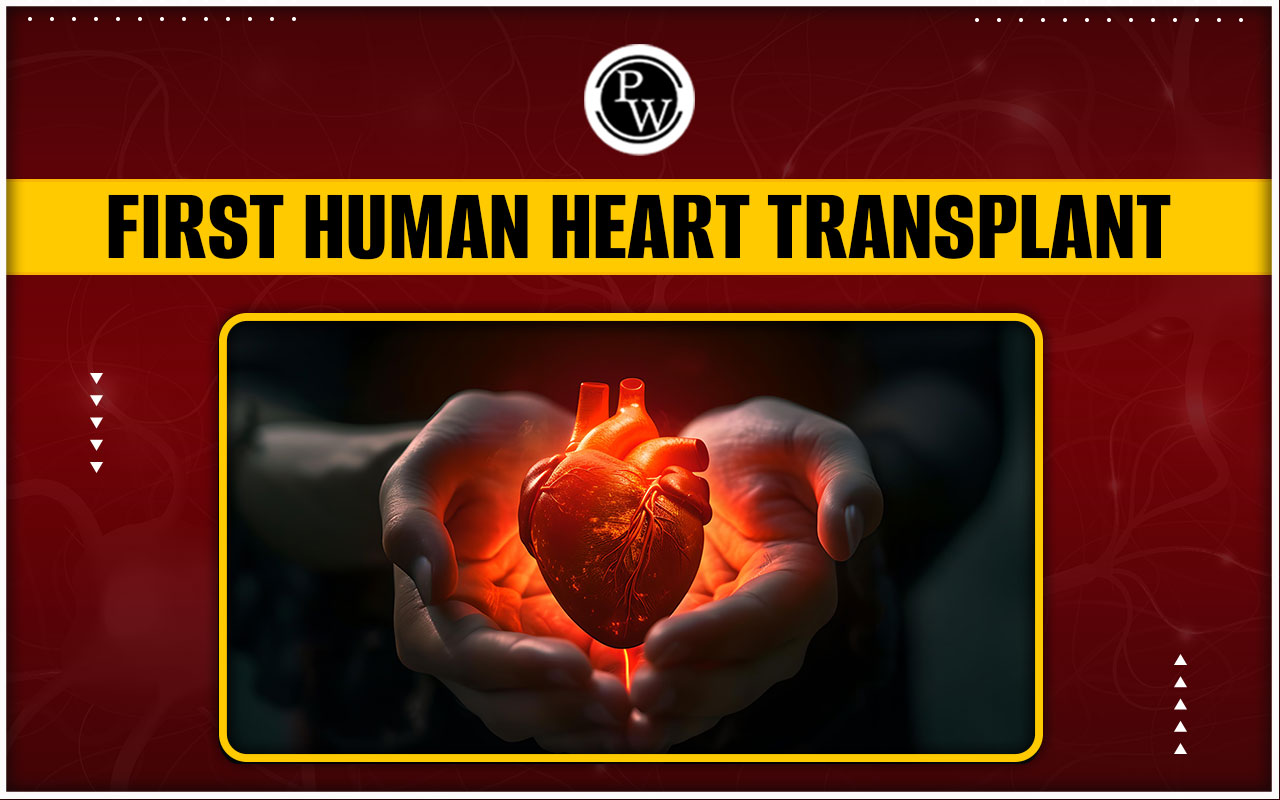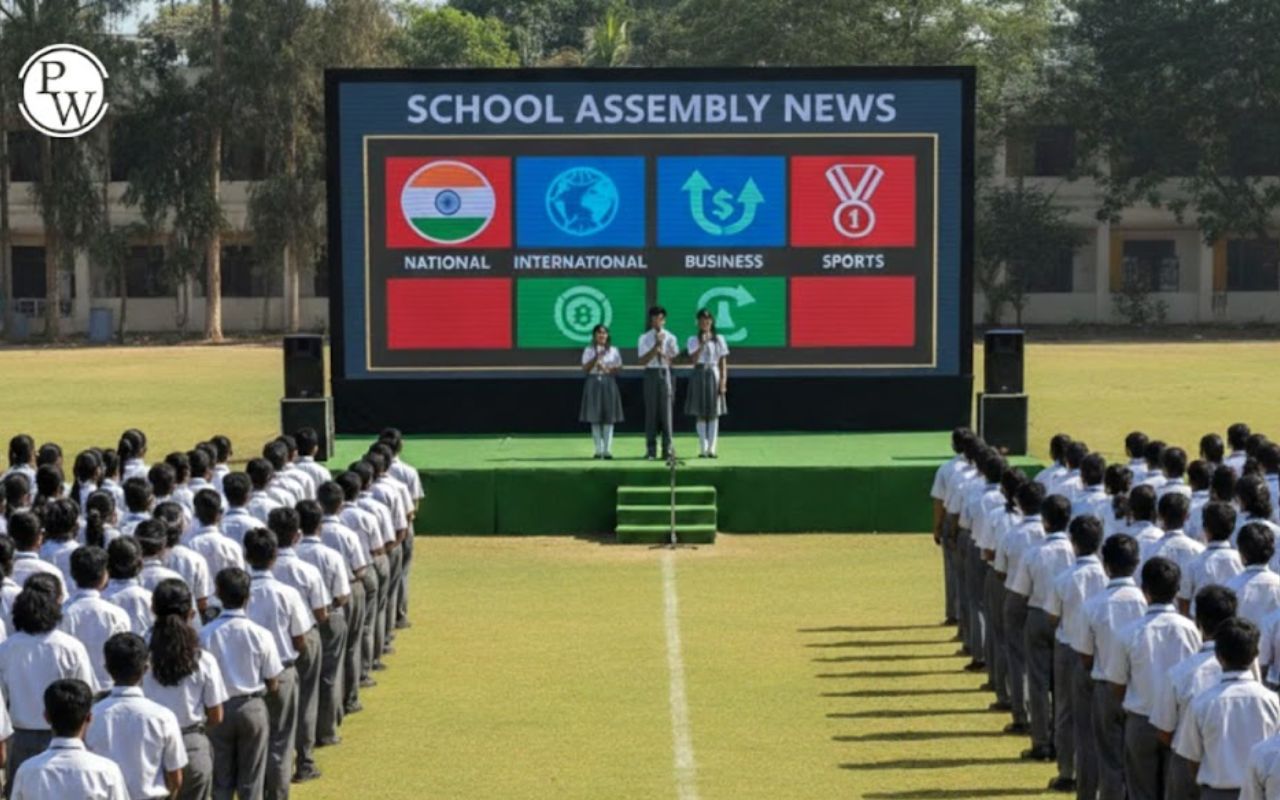

First Human Heart Transplant: Imagine a world where transplanting a human heart from one person to another was just a dream. It wasn't until a courageous surgeon, and a determined patient came together in a groundbreaking operation that this dream became a reality. In this article, we explore the story behind the first human heart transplant and discover how it forever changed the field of medicine.
Heart Transplant
Its a surgery to replace a damaged heart with a heart donated by another person is known as a heart transplant. One must be critically ill despite medical treatment and need a new heart to survive to qualify for a heart transplant. One must also fulfil a number of very severe standards to be eligible for this type of transplant because donor's hearts are scarce. Heart transplants are risky and challenging procedures like other organ transplant surgeries. After obtaining a transplant, you’ll require medical care for the rest of your life to prevent rejection and problems. A heart transplant is a last resort for those with advanced cardiac failure. It means the heart has a chronic injury or weakening that hinders it from pumping enough blood to your body. There are many different reasons why this form of heart failure can occur. One of the following conditions affects most of those requiring a heart transplant:1. Cardiomyopathy
Any illness that weakens your heart muscle is referred to by this term (cardio = heart, myo- = muscle, pathy = disease). Infections and genetic disorders are among the causes. Even after extensive testing, the cause is occasionally unknown (idiopathic).2. Cardiovascular Disease
Heart attacks caused by blockages in the heart's arteries might permanently harm your heart.3. Congenital Heart Condition
A birth anomaly in the heart's structure is known as congenital heart disease. Congenital cardiac conditions that cause end-stage heart failure may necessitate a heart transplant.4. Heart Valve Disease
These are ailments when the heart valves are harmed. Children and adults can receive heart transplants up to 70 and, in certain cases, up to 75.First Heart Transplant
At the Groote Schuur Hospital in Cape Town, South Africa, physician Christiaan Barnard performed the first human heart transplant on a patient. Barnard used transplantation procedures that American researchers in the 1950s initially created. Barnard studied medicine at the University of Cape Town and continued his cardiac training there. American surgeon Norman Shumway performed the first successful heart transplant on a dog at Stanford University in California in 1958. On December 3, 1967, Barnard performed a heart transplant on Lewis Washkansky, a 53-year-old South African grocer suffering from chronic heart disease. Washkansky had been gravely injured in a vehicle accident as a 25-year-old woman. One would be tempted to undervalue Barnard's incredible bravery in carrying out this initial operation since that heart transplantation is a reasonably common and routine procedure. By today's standards, 53-year-old Washkansky, who had severe coronary insufficiency, was a poor candidate for the procedure due to his diabetes, smoking, and peripheral vascular disease. In addition, his severe dependent oedema necessitated the insertion of needles into the lower leg's subcutaneous tissues for drainage. These puncture sites and the accompanying stasis ulcers contracted an infection. The neurosurgeon who was called to treat the patient, a young white woman named Denise Darvall, who had suffered a severe head injury after being struck by a car on December 2, certified her as having a lethal brain injury with no chance of recovery and eventually suggested she become an organ donor. In South Africa at the time, as elsewhere, there were no regulations governing brain death and organ transplantation, so Barnard decided not to take any chances. He invited the State's forensic pathologist in the operating room, where the donor was already prepared and draped for operation. As the blood pressure gradually dropped, the heart stopped. The coroner declared that there had been a fatality. Barnard's assistants then quickly removed the heart after they opened the chest, started the pump-oxygenator support, and chilled the body to a low temperature. The recipient had been prepared in the adjacent operating room, and Barnard started the transplant. When he saw an empty pericardial cavity in his life for the first time when he glanced into the chest, the magnitude of what he was attempting struck him. The operation proceeded smoothly, and the heart performed satisfactorily. There is no visual documentation of this historic surgical technique because no photos were taken. In less than 48 hours, international media had flocked to Cape Town, and Barnard had established himself as a household name. Within two to three weeks of the transplant, due to the enormous public interest, Barnard and his transplant were featured on the front covers of numerous important foreign magazines, including Time, Life, Newsweek, and many more. The most widely reported medical incident in history had just happened. Worldwide attention was paid to Washkansky's daily development, and practically every element of his treatment was made public. His early recuperation went very well, and the medical team was amazed at how quickly the patient's peripheral oedema subsided since his replacement heart was working well. Washkansky made remarkable progress for over two weeks before his condition deteriorated, and he acquired radiographic infiltrates in his lungs. The surgical team wasn't sure if these were brought on by infection or pulmonary oedema linked to heart failure brought on by rejection. They originally mistakenly decided to treat for rejection, escalating the immunosuppressive medicine. It was a fatal mistake because the patient had acquired bilateral pneumonia, which was made worse by the increased immunosuppression. He tragically died from acute pneumonia and septicemia on the 18th postoperative day. Despite the fact that the initial heart transplant patient only lived for 18 days, four of the first 10 patients at Groote Schuur Hospital did, with two of them living for 13 and 23 years, respectively. Despite numerous failures, this modest success contributed significantly to the cautious confidence that heart transplantation would eventually be accepted as a legitimate therapeutic option.Related Links -
First Human Heart Transplant <span style=
Q1: When was the first heart transplant performed?
Answer: On December 3, 1967, a heart transplant was carried out for the first time.
Q2: Who performed the first heart transplant?
Answer: Dr Christiaan Barnard, a South African surgeon, performed the first heart transplant.
Q3: Where was the first heart transplant performed?
Answer: The first heart transplant was performed at Groote Schuur Hospital in Cape Town, South Africa.
Q5: Did the first heart transplant recipient survive?
Answer: Louis Washkansky initially survived the surgery but died 18 days later due to pneumonia.
Q6: How long after the heart transplant did Louis Washkansky live?
Answer: Louis Washkansky lived for 18 days after the heart transplant.
🔥 Trending Blogs
Talk to a counsellorHave doubts? Our support team will be happy to assist you!

Check out these Related Articles
Free Learning Resources
PW Books
Notes (Class 10-12)
PW Study Materials
Notes (Class 6-9)
Ncert Solutions
Govt Exams
Class 6th to 12th Online Courses
Govt Job Exams Courses
UPSC Coaching
Defence Exam Coaching
Gate Exam Coaching
Other Exams
Know about Physics Wallah
Physics Wallah is an Indian edtech platform that provides accessible & comprehensive learning experiences to students from Class 6th to postgraduate level. We also provide extensive NCERT solutions, sample paper, NEET, JEE Mains, BITSAT previous year papers & more such resources to students. Physics Wallah also caters to over 3.5 million registered students and over 78 lakh+ Youtube subscribers with 4.8 rating on its app.
We Stand Out because
We provide students with intensive courses with India’s qualified & experienced faculties & mentors. PW strives to make the learning experience comprehensive and accessible for students of all sections of society. We believe in empowering every single student who couldn't dream of a good career in engineering and medical field earlier.
Our Key Focus Areas
Physics Wallah's main focus is to make the learning experience as economical as possible for all students. With our affordable courses like Lakshya, Udaan and Arjuna and many others, we have been able to provide a platform for lakhs of aspirants. From providing Chemistry, Maths, Physics formula to giving e-books of eminent authors like RD Sharma, RS Aggarwal and Lakhmir Singh, PW focuses on every single student's need for preparation.
What Makes Us Different
Physics Wallah strives to develop a comprehensive pedagogical structure for students, where they get a state-of-the-art learning experience with study material and resources. Apart from catering students preparing for JEE Mains and NEET, PW also provides study material for each state board like Uttar Pradesh, Bihar, and others
Copyright © 2025 Physicswallah Limited All rights reserved.
Get App











